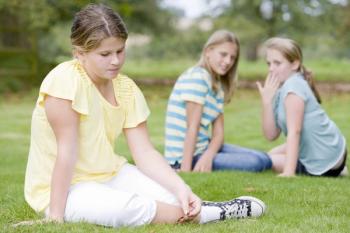
Bullying and suicide in the pediatric population have shown disturbing upward trends in recent years. A new investigation examines the link between the two among lesbian, gay, bisexual, transgender, and queer (LGBTQ) children and teenagers.


Bullying and suicide in the pediatric population have shown disturbing upward trends in recent years. A new investigation examines the link between the two among lesbian, gay, bisexual, transgender, and queer (LGBTQ) children and teenagers.

Children with mental health disorders are visiting emergency departments (EDs) at increasing rates. A new study looks at whether the EDs can provide optimal care.

Suicide in children and adolescents is a serious public health problem. Researchers looked at one way to help reverse current trends.

As the rate of suicide climbs, the ability to access shows like 13 Reasons Why without parental supervision grows, and social media pushes an impossible quest for perfection, it has become more important than ever for parents, caregivers, and educators to have a good understanding of what depression is and what the signs are.

This month’s Riddle Me This! online quiz explores the study evidence to reveal some unexpected traits, risk factors, and trajectories for these children. Are there common functional skills traits in younger bullies? What does the literature say about the familial linkage of bullying-is it learned at home?

Bullying is a preventable health problem that has lasting impacts. Pediatricians need to screen patients for risk factors, empower families with coping skills, and advocate for antibullying resources in their communities.

Teenagers who display certain obsessive-compulsive symptoms, even without a diagnosis of obsessive-compulsive disorder (OCD), may be at higher risk for other serious psychiatric problems.

Dr Jon E. Grant talks about the genetics, neurobiology, and cognitive processes of body-focused repetitive behaviors, which include trichotillomania, skin picking, and other behaviors.